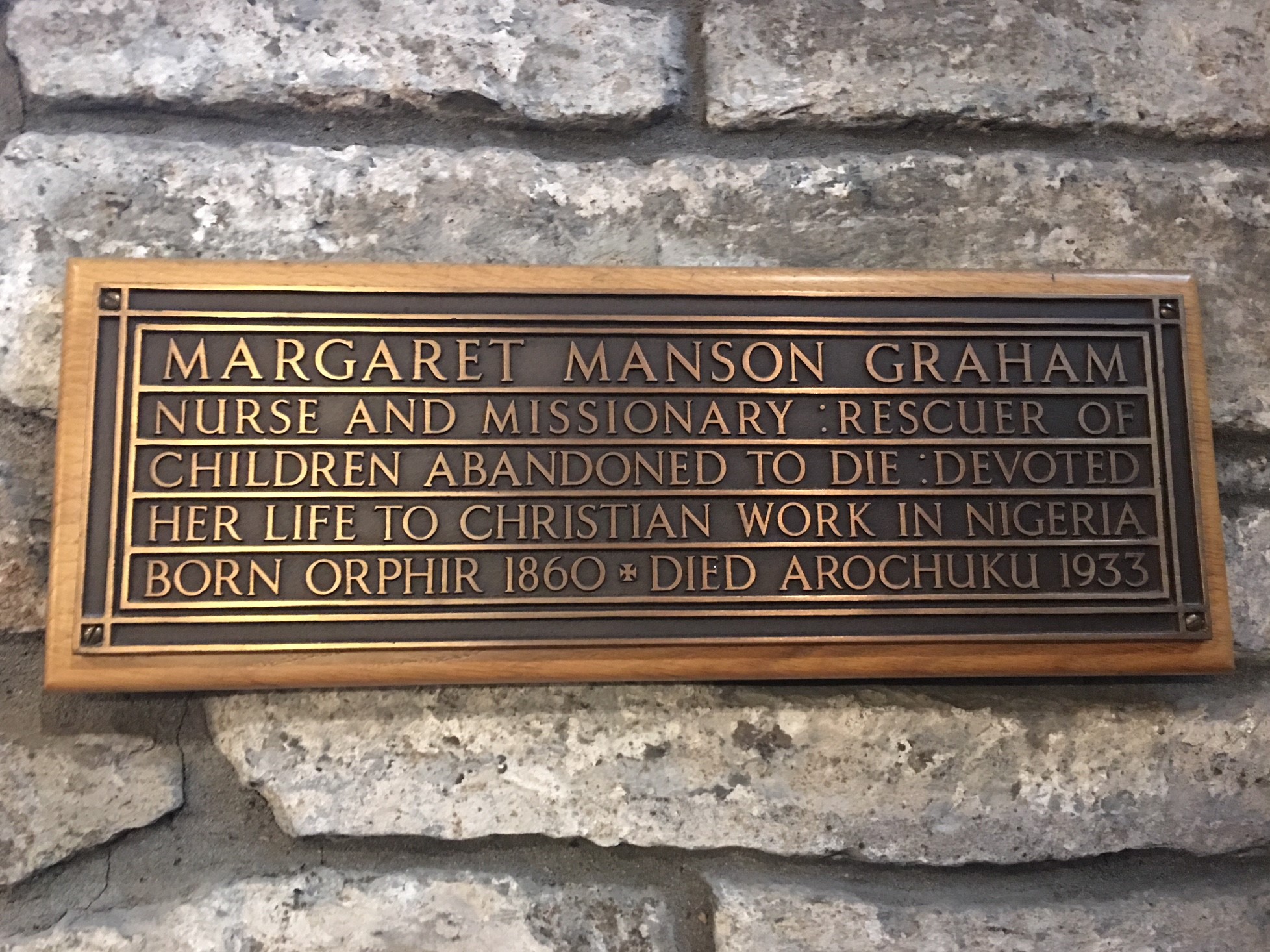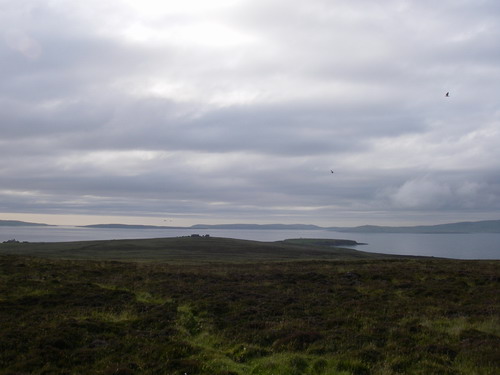|
Orphir
Orphir (pronounced , Old Norse: Jorfjara/OrfjaraPedersen, Roy (January 1992) ''Orkneyjar ok Katanes'' (map, Inverness, Nevis Print)) is a parish and settlement on Mainland, Orkney. It is approximately southwest of Kirkwall, and comprises a seaboard tract of about , and includes Cava and the Holm of Houton. The coast includes Houton Head, about tall, but all elsewhere is nearly level; and the interior is an assemblage of vales and hills, the latter culminating at about above sea level. A chief residence was the Hall of Clestrain; and chief antiquities include the ruins of Earl Paul's Palace, remains of pre-Reformation chapels, the Round Kirk and several tumuli. The ferry terminal of Houton is located in Orphir. The ferries to Flotta and Hoy (Lyness) depart from this point. Notable people * John Rae (30 September 1813 – 22 July 1893), the explorer of Canada's Arctic The Arctic ( or ) is a polar region located at the northernmost part of Earth. The Arctic c ... [...More Info...] [...Related Items...] OR: [Wikipedia] [Google] [Baidu] |
Round Kirk, Orphir
The remains of the Orphir Round Church (or Round Kirk), dedicated to Saint Nicholas, are located in Orphir Parish on the Mainland of Orkney, Scotland. It has been a scheduled monument since 2014. Description It consisted of an apse on the eastern side of its wide circular nave. It consisted of a circular nave about six metres in diameter with a semicircular apse with a central window. The walls are one metre thick. History It is thought to have been built by jarl (earl) Haakon Paulsson (earl from 1103 to 1123) as penance for murdering his cousin and co-ruler Magnus Erlendsson (later Saint Magnus) in the late 11th or early 12th century. According to the Orkneyinga saga, earl Haakon took sole power in 1117 after the killing of Magnus, and the round kirk was later rededicated to St Magnus. The saga refers to a "large drinking-hall" with a "magnificent church" nearby. The remains of the drinking hall, known as the Earl's Bu, can still be seen, as well as a later Norse hor ... [...More Info...] [...Related Items...] OR: [Wikipedia] [Google] [Baidu] |
Henry Halcro Johnston
Colonel Henry Halcro Johnston CB CBE DL FRSE FLS (13 September 1856 – 18 October 1939) was a Scottish botanist, physician, rugby union international and Deputy Lieutenant for Orkney. As a member of Edinburgh University RFC he represented Scotland in 1877 and went on to make a significant contribution to botany and horticulture through his meticulous collection and recording of plant species during and after his distinguished military career. Life Henry Halcro Johnston was born at Orphir House, Orkney, Scotland, on 13 September 1856, the fifth son of James Johnston J.P., 11th Laird of Coubister, Orkney - a descendant of the brother of James Johnston (1724–1800). He was educated at Dollar Academy, followed by the Collegiate School of Edinburgh, and finally at the University of Edinburgh, where he graduated M.B., C.M. in 1880. Having qualified as a doctor, Johnston entered the army as a surgeon on 30 July 1881. His war service included Sudan, in 1885, at Suakin, fo ... [...More Info...] [...Related Items...] OR: [Wikipedia] [Google] [Baidu] |
Mainland, Orkney
The Mainland, also known as Hrossey and Pomona, is the main island of Orkney, Scotland. Both of Orkney's burghs, Kirkwall and Stromness, lie on the island, which is also the heart of Orkney's ferry and air connections. Seventy-five per cent of Orkney's population live on the island, which is more densely populated than the other islands of the archipelago. The lengthy history of the island's occupation has provided numerous important archaeological sites and the sandstone bedrock provides a platform for fertile farmland. There is an abundance of wildlife, especially seabirds. Etymology The name Mainland is a corruption of the Old Norse . Formerly the island was also known as meaning 'horse island'. The island is sometimes referred to as '' Pomona'' (or ''Pomonia''), a name that stems from a 16th-century mis-translation by George Buchanan.Buchanan, George (1582''Rerum Scoticarum Historia: The First Book''The University of California, Irvine. Revised 8 March 2003. Retrieved 4 Octo ... [...More Info...] [...Related Items...] OR: [Wikipedia] [Google] [Baidu] |
Hall Of Clestrain
The Hall of Clestrain is a house in the parish of Orphir, Orkney, Scotland. The house was the birthplace of the explorer John Rae in 1813. Currently derelict, the house became a listed building in 1971. It featured in the second series of the BBC TV series '' Restoration'' in 2004. Description Although a relatively small domestic structure, the house had Palladian aspirations, and was once one of the most impressive buildings in north Scotland. Stone steps rose to a moulded entrance (once possibly pedimented) on the main front, with pavilions to either side. The square main block has three bays on each side and the gable ends. It was constructed from ashlar and harl. An internal stone staircase connects the basement, main floor and upper floor. The house was occupied until the roof was blown off in gale in 1952. With a "temporary" replacement roof of asbestos sheets, many of the large sash windows were blocked up, and it was used as a farm building, with pigsties ... [...More Info...] [...Related Items...] OR: [Wikipedia] [Google] [Baidu] |
Margaret Manson Graham
Margaret Manson Graham (26 April 1860 – 14 October 1933) was a Scottish nurse who worked as a missionary in Nigeria. Early life Margaret Manson Graham was born at Orphir, Orkney, the daughter of Isabella Manson and John Graham. Her father was a weaver. After some time as a teacher in Orphir, she went to Glasgow to train as a nurse."Margaret Manson Graham" in Elizabeth L. Ewan, Sue Innes, Sian Reynolds, and Rose Pipes, ed., ''The Biographical Dictionary of Scottish Women'' (Edinburgh University Press 2006): 142-143. Career As a nurse, Margaret Manson Graham joined the Women's Foreign Mission in 1895, and traveled to . There she served as the first matro ...[...More Info...] [...Related Items...] OR: [Wikipedia] [Google] [Baidu] |
Cava, Orkney
Cava is an uninhabited island in the Orkney archipelago in Scotland. It is in extent and rises to above sea level. The literal meaning of the name is ''calf island'', a terminology often used to designate a small island near to a larger one. Cava is unusual in that it includes a small peninsula joined to the main body of the island by a narrow isthmus, which is in turn called ''Calf of Cava''. It is situated in the Scapa Flow just offshore from the much larger island of Hoy. Nearby are the islets of Rysa Little and Fara and the skerry Barrel of Butter. To the south of Cava, between Fara and Rysa Little lies Gutter Sound, the scene of the mass-scuttling of the interned German Imperial High Seas Fleet in 1919. In the eighteenth century a notorious Orkney pirate, John Gow, raided Hall of Clestrain, in Orphir and abducted two servant girls. Reports vary as to their treatment, with one claiming that they were put ashore on Cava "so loaded with presents that they soon afterwar ... [...More Info...] [...Related Items...] OR: [Wikipedia] [Google] [Baidu] |
Holm Of Houton
The Holm of Houton is one of the southern Orkney islands. Geography The Holm is in Midland Harbour, part of Scapa Flow. It is south of the Mainland parish of Orphir, near Houton whence its name.Anderson, Joseph (Ed.) (1893) "Introduction to '' Orkneyinga saga''". Translated by Jón A. Hjaltalin & Gilbert Goudie. Edinburgh. James Thin and Mercat Press (1990 reprint). The Holm is north of Cava and Rysa Little, and to the north east of Hoy Hoy ( sco, Hoy; from Norse , meaning "high island") is an island in Orkney, Scotland, measuring – the second largest in the archipelago, after Mainland. A natural causeway, ''the Ayre'', links the island to the smaller South Walls; the tw ... over the Bring Deeps. References Uninhabited islands of Orkney {{Orkney-geo-stub ... [...More Info...] [...Related Items...] OR: [Wikipedia] [Google] [Baidu] |
John Rae (explorer)
John Rae ( iu, ᐊᒡᓘᑲ, i=no, ; 30 September 1813 – 22 July 1893) was a Scottish surgeon who explored parts of northern Canada. Rae explored the Gulf of Boothia, northwest of the Hudson Bay, from 1846 to 1847, and the Arctic coast near Victoria Island from 1848 to 1851. In 1854, back in the Gulf of Boothia, he obtained credible information from local Inuit peoples about the fate of the Franklin Expedition, which had disappeared in the area in 1848. Rae was noted for his physical stamina, skill at hunting, boat handling, use of native methods, and ability to travel long distances with little equipment while living off the land. Early life Rae was born at the Hall of Clestrain in Orkney in the north of Scotland with family ties to Clan MacRae. After studying medicine in Edinburgh, he graduated with a degree from the University of Edinburgh and was licensed by the Royal College of Surgeons of Edinburgh. He went to work for the Hudson's Bay Company as a surgeon, acc ... [...More Info...] [...Related Items...] OR: [Wikipedia] [Google] [Baidu] |
Jamie Halcro Johnston
Jamie Halcro Johnston (born 8 October 1975) is a British politician who is a Member of the Scottish Parliament (MSP) for the Highlands and Islands region since 2017. A member of the Scottish Conservative Party, he also serves as their Shadow Minister for Business, Trade, Tourism and Enterprise. Background Halcro Johnston was brought up at his family home in Orphir in Orkney. His father, Hugh Halcro Johnston, previously served as Convener of Orkney Islands Council. His great-great uncle is Henry Halcro Johnston, a botanist, British Army Officer and Scotland rugby union international. Educated at Radley College, Halcro Johnston studied at Coventry University and the University of Exeter, where he received a BA (Hons) in Ancient History. He was previously employed by the ''Financial Times'' in London and, between 2003 and 2007, he worked as an adviser to a number of Scottish Conservative MSPs, before moving to a position at ''Holyrood'' magazine. Political career Halcro Joh ... [...More Info...] [...Related Items...] OR: [Wikipedia] [Google] [Baidu] |
Villages On Mainland, Orkney
A village is a clustered human settlement or community, larger than a hamlet but smaller than a town (although the word is often used to describe both hamlets and smaller towns), with a population typically ranging from a few hundred to a few thousand. Though villages are often located in rural areas, the term urban village is also applied to certain urban neighborhoods. Villages are normally permanent, with fixed dwellings; however, transient villages can occur. Further, the dwellings of a village are fairly close to one another, not scattered broadly over the landscape, as a dispersed settlement. In the past, villages were a usual form of community for societies that practice subsistence agriculture, and also for some non-agricultural societies. In Great Britain, a hamlet earned the right to be called a village when it built a church. [...More Info...] [...Related Items...] OR: [Wikipedia] [Google] [Baidu] |
Member Of The Scottish Parliament
Member of the Scottish Parliament (MSP; gd, Ball Pàrlamaid na h-Alba, BPA; sco, Memmer o the Scots Pairliament, MSP) is the title given to any one of the 129 individuals elected to serve in the Scottish Parliament. Electoral system The additional member system produces a form of proportional representation, where each constituency has its own representative, and each region has seats given to political parties to reflect as closely as possible its level of support among voters. Each registered voter is asked to cast 2 votes, resulting in MSPs being elected in one of two ways: * 73 are elected as First past the post constituency MSPs and; * 56 are elected as Regional additional member MSPs. Seven are elected from each of eight regional groups of constituencies. Types of candidates With the additional members system, there are 3 ways in which a person can stand to be a MSP: * a constituency candidate * a candidate named on a party list at the regional election * an individu ... [...More Info...] [...Related Items...] OR: [Wikipedia] [Google] [Baidu] |





